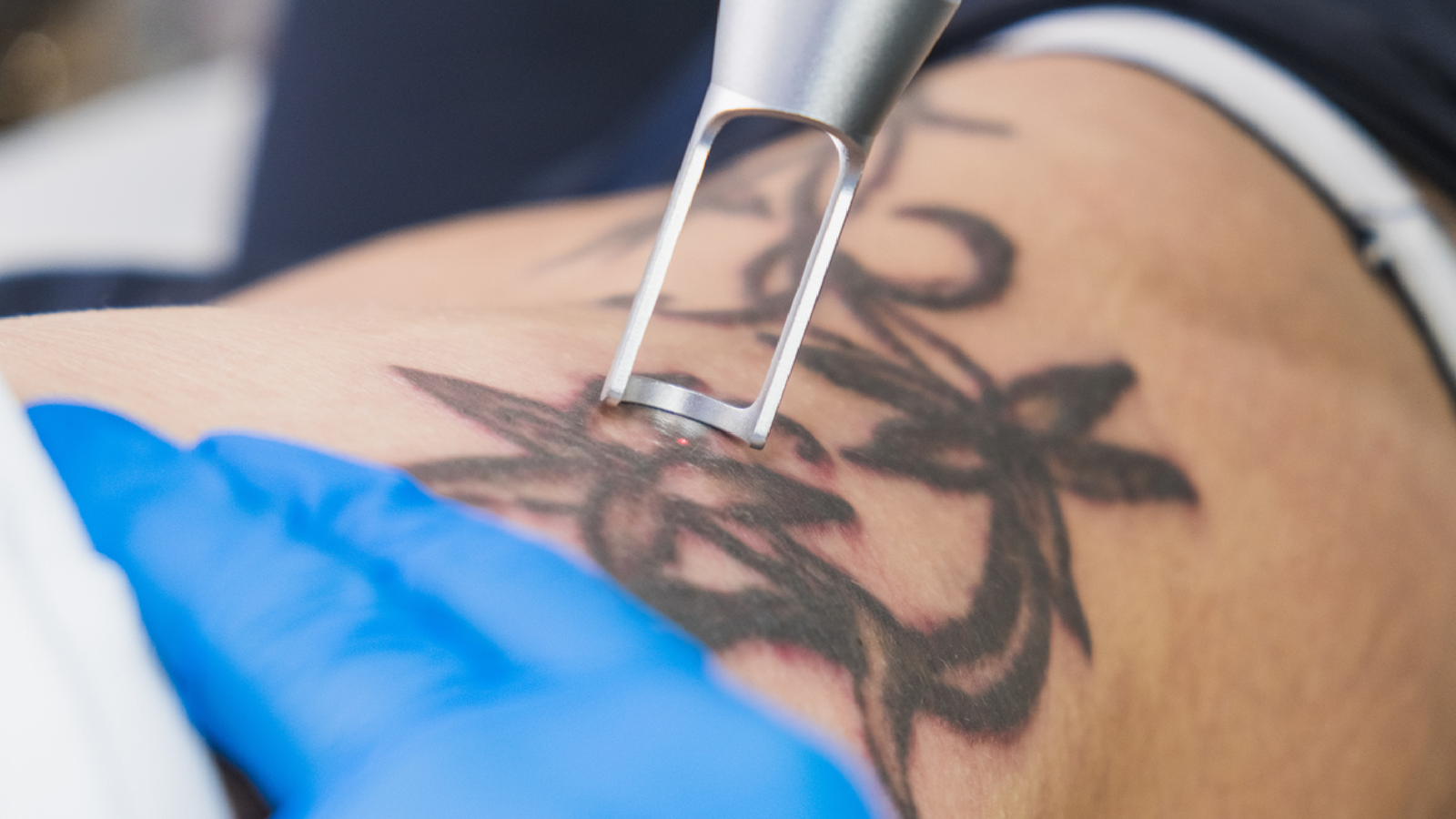Have you ever found yourself in a situation where you’re contemplating how to remove a freshly inked tattoo? Perhaps the design didn’t turn out as expected, or you’ve had a change of heart. Whatever the reason, dealing with a new tattoo that you want to remove can be a tricky situation to navigate.
Removing a fresh tattoo requires careful consideration and professional guidance. Unlike older tattoos that have settled into the skin, fresh tattoos are more responsive to removal techniques due to the ink not yet fully settling. It’s important to note that attempting to remove a tattoo at home using DIY methods can lead to complications and unwanted results.
But fear not, because there are effective and safe ways to remove a fresh tattoo—and that’s exactly what we’ll explore in this post.
Did you know that the tattoo removal industry has evolved significantly in recent years? With advancements in technology and techniques, the options for tattoo removal have expanded. This is especially true for new tattoos, where the ink hasn’t yet become deeply embedded in the skin layers.
Can You Remove a Fresh Tattoo Immediately After Getting It?
It’s a common misconception that you can remove a fresh tattoo immediately after getting it. However, tattoo removal should not be attempted right after the tattoo session. The skin needs time to heal from the tattooing process, and attempting to remove the tattoo too soon can lead to complications and potential scarring.
Waiting at least 6-8 weeks after getting the tattoo before considering removal is generally recommended. This waiting period allows the skin to fully heal and the tattoo to settle, making the removal process more effective and safer.
What Are the Effective Methods for Removing a Fresh Tattoo?
Several methods can be considered for removing a fresh tattoo, each with its own pros and cons. It’s important to consult a professional tattoo removal specialist to determine the most suitable approach for your specific situation. Some common methods include:
1. Laser Tattoo Removal
Laser tattoo removal is one of the most widely used and effective methods for removing tattoos, including fresh ones. It works by using laser energy to break down the tattoo ink particles, which are then gradually eliminated by the body’s natural processes. The number of sessions required depends on factors such as tattoo size, color, and depth.
2. Tattoo Removal Creams
Tattoo removal creams are topical products that claim to gradually fade tattoos over time. While they might sound like a convenient solution, it’s important to approach them with caution. The efficacy of tattoo removal creams is often debated, and they may not produce significant results for all types of tattoos. Consult a professional before using any over-the-counter tattoo removal products.
3. Surgical Excision
In some cases, surgical excision might be recommended for tattoo removal, especially for smaller tattoos. This involves cutting out the tattooed skin and stitching the surrounding skin together. While surgical excision can provide immediate results, it may also result in scarring and longer recovery times.
4. Consult a Professional
The best approach to removing a fresh tattoo is to consult a professional tattoo removal specialist. They can assess your tattoo, skin type, and other relevant factors to recommend the most appropriate removal method for your unique situation. This approach minimizes the risk of complications and ensures the best possible outcome.
Conclusion
In conclusion, removing a fresh tattoo requires careful consideration and should always be approached with professional guidance. While various methods exist, it’s essential to consult a tattoo removal specialist to determine the most suitable approach for your specific tattoo and skin type. Remember that patience is key, and waiting for the skin to heal before considering removal is crucial for achieving the best results.

